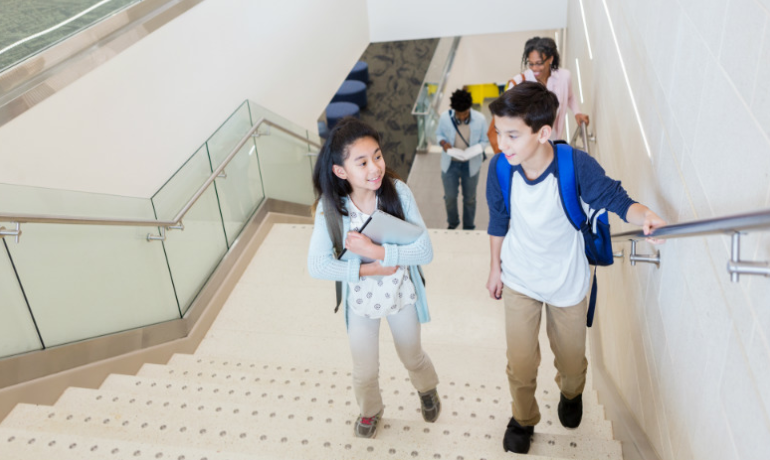 Robert C. Enlow at Ed Choice crunched some numbers on how things might look if 10 percent to 30 percent of private school students migrate to public schools this fall. The state-by-state analysis is not an unimaginable scenario, given our suddenly massive unemployment rate – one in five American workers currently are out of work.
Robert C. Enlow at Ed Choice crunched some numbers on how things might look if 10 percent to 30 percent of private school students migrate to public schools this fall. The state-by-state analysis is not an unimaginable scenario, given our suddenly massive unemployment rate – one in five American workers currently are out of work.
Enlow points out what might happen if private school students can no longer attend those schools due either to their families’ financial hardships or due to drops in charitable giving that supports scholarships for students in need.
Click on this link and you’ll see that Florida is the fifth state from the top of the chart. The 10 percent scenario would cost the state an additional $161.5 million; the 30 percent scenario would precipitate a drift closer to half a billion in added costs.
The total state and local cost scenarios for Florida are $363 million and $1.1 billion for the 10 percent and 30 percent scenarios, respectively.
I use the term “added costs” rather than “increased revenue” because it is easy to estimate even from a distant patch of cactus that Florida is unlikely to have a lot of extra cash available next fall. Even if there were a spare billion dollars available, hospitals are in terrible shape (they make most of their money from elective procedures), universities around the country have begun closing and/or furloughing staff, and there is no telling what other calamities await.
Could K-12 enrollment go up and state funding go down? It’s hard to rule anything out in a world where oil producers pay people to carry away oil at a negative price.
Nationally, the 30 percent scenario looks like $10 billion in added costs at a time when state budgets will be under fantastic strain with a great many competing demands for funds. So public schools could get lots of new students and budget cuts at the same time if this goes poorly.
So, to our friends out there with lamentably traditional K-12 policy preferences, please be careful what you wish for – you might just get it.